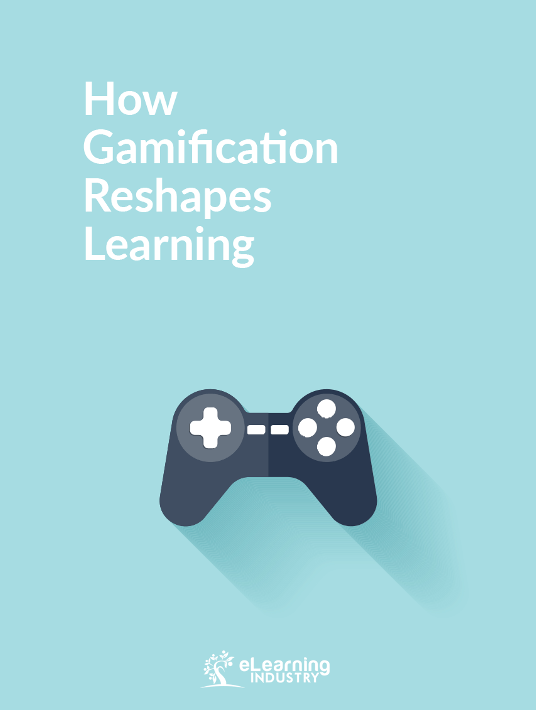Besides the learner audience engagement and development of target behaviors through the power of gameplay, the most effective uses of gamification in learning should capitalize on its ability to transform the learning process. To be considered transformative, gamification efforts must produce a high-impact positive change for a given learning environment instead of making it “just a little more fun” for the learners.
When I think about transformation, I always remember a project for a Navy client who asked my team to explore the potential of incorporating gameplay into an existing leadership training program, or, in other words, “gamifying” it. Considering that back in 2007, the term gamification had not yet gained the popularity it enjoys today, our project officially focused on creating a serious game to foster leadership skills of junior officer staff. The produced serious game was based on a collection of “sea stories” illustrating real-life leadership challenges and included a healthy combination of narrative, challenge, meaningful choice, achievement, and other great elements of gameplay. The game was very well received within the Navy and even earned several awards, which made my team extremely happy. However, what mattered most was the fact that, by way of this game, the existing learning process (jokingly referred to by our Navy friends as “GSAT: Guys Sitting Around the Table”) was transformed into a compelling, context-driven, self-reinforcing learning experience that allowed the learners to explore a multi-dimensional slice of reality instead of simply reviewing a case study book. In today’s terms, we would say that the existing learning process became “gamified”.
Whether gamification is viewed as a set of strategies, tactics, or products for learning, its most effective uses will always be those that enable a significantly positive change to meet the needs of a particular learning environment.



